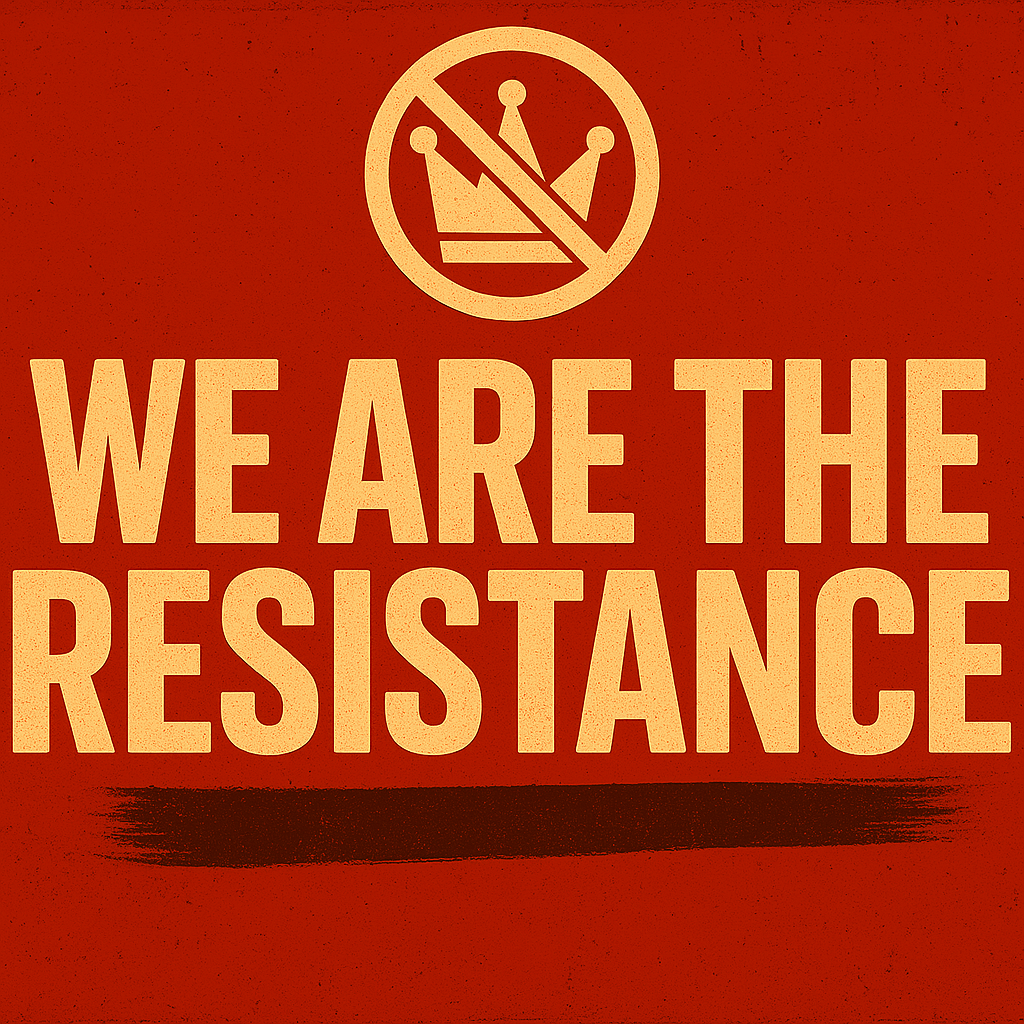
1. Nonviolent Resistance
- Civil Disobedience: Engage in strikes, boycotts, and protests to disrupt the regime's operations without violence. Examples include the Velvet Revolution and the Montgomery Bus Boycott.
- Symbolic Acts: Use gestures like wearing specific colors, symbols, or art to unify and mobilize dissent subtly.
2. Organizational Strategies
- Decentralized Networks: Avoid hierarchical structures to reduce vulnerability. Use leaderless resistance models and compartmentalize information to prevent infiltration.
- Secure Communication: Utilize encrypted messaging (Signal, Telegram) and anonymity tools (VPNs, Tor) to coordinate safely.
3. Information Warfare
- Alternative Media: Disseminate truth via underground publications, social media, and radio. Counter propaganda with fact-based narratives.
- Digital Literacy: Train activists in cybersecurity and counter-surveillance to evade regime monitoring.
4. International Solidarity
- Global Advocacy: Leverage international organizations (UN, NGOs) to apply diplomatic and economic pressure. Seek sanctions and asylum for dissidents.
- Cultural Exchange: Use global platforms to amplify local struggles, as seen in Ukraine’s use of social media during the 2014 revolution.
5. Economic Pressure
- Labor Strikes: Organize work stoppages to cripple economic output, as in Poland’s Solidarity movement.
- Consumer Boycotts: Target regime-linked businesses to undermine financial stability.
6. Cultural and Educational Resistance
- Artistic Expression: Employ music, graffiti, and theater to inspire dissent and preserve cultural identity, akin to Chile’s arpilleras under Pinochet.
- Subversive Education: Conduct clandestine workshops to teach civic rights and critical thinking, countering state indoctrination.
7. Legal and Institutional Challenges
- Strategic Litigation: Challenge human rights abuses in courts, even if controlled by the regime, to expose injustices internationally.
- Whistleblowing: Encourage leaks to reveal corruption or brutality, as seen with WikiLeaks or the Panama Papers.
8. Community Resilience
- Mutual Aid Networks: Create systems for food, medical aid, and shelter to support vulnerable groups and build solidarity.
- Psychological Support: Foster mental health through community gatherings and peer counseling to combat fear and burnout.
9. Unity and Coalition-Building
- Broad Alliances: Unite diverse groups (students, labor unions, religious organizations) under a common goal, as in South Africa’s anti-apartheid movement.
- Inclusive Messaging: Frame resistance around universal values (freedom, justice) to transcend ideological divides.
10. Adaptability and Long-Term Vision
- Phased Strategies: Start with awareness-building, escalate to mass mobilization, and prepare for post-regime transitions.
- Legacy Planning: Document abuses for future accountability and cultivate youth leadership to sustain the movement.
Contextual Considerations:
- Regime Vulnerabilities: Exploit economic crises, internal splits, or legitimacy deficits.
- External Factors: Leverage geopolitical shifts (e.g., Cold War dynamics in Eastern Europe).
Conclusion:
The most effective resistance combines nonviolent tactics, robust networks, international engagement, and cultural resilience. Success hinges on adaptability, unity, and the ability to maintain moral and psychological momentum. While context matters, historical precedents suggest that sustained, strategic nonviolence offers the highest chance of dismantling authoritarian structures without perpetuating cycles of violence.
Comments
No comments yet. Be the first to comment!